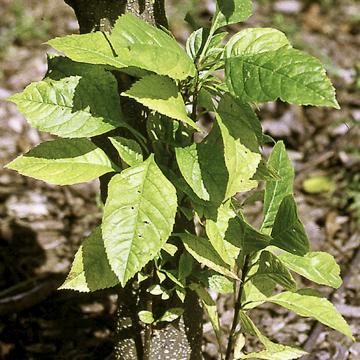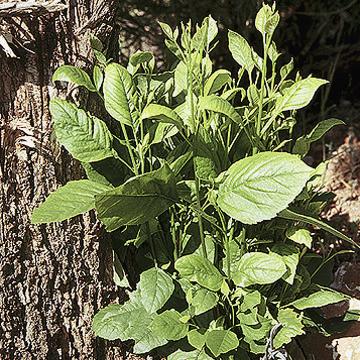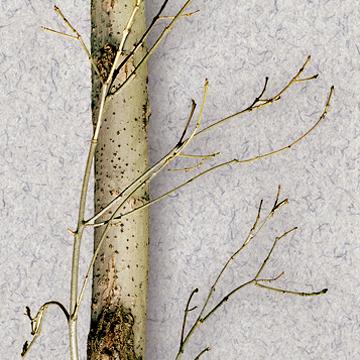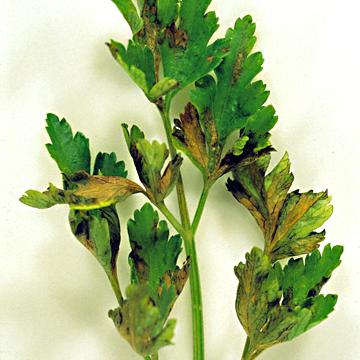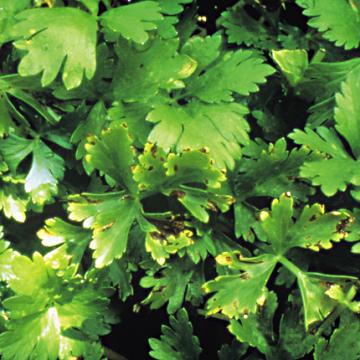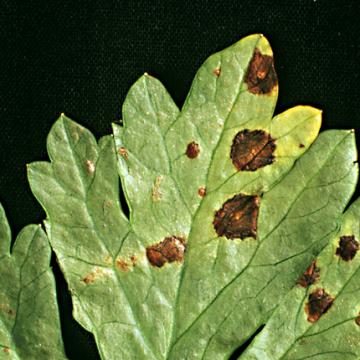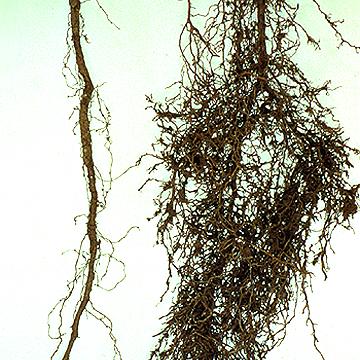DISEASE: Ash yellows
HOST: Ash
Ash sapling with basal sprouts and chlorotic leaves.

Ash yellows | Ash
DISEASE: Ash yellows
HOST: Ash (Fraxinus pennsylvanica)
PATHOGEN: 'Candidatus Phytoplasma fraxini'
PATHOGEN SYNONYM: Phytoplasma Ash yellows group
SOURCE: W. Sinclair
DISEASE: Ash yellows
HOST: Ash
Witches'-broom at base of declining tree.
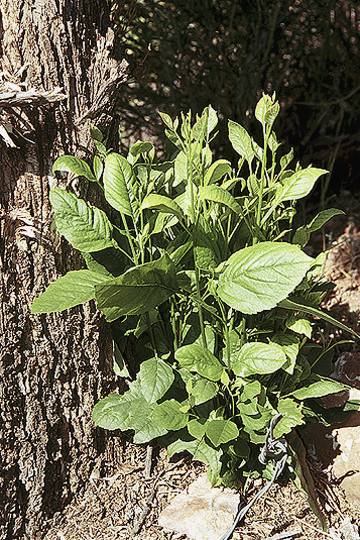
Ash yellows | Ash
DISEASE: Ash yellows
HOST: Ash (Fraxinus velutina)
PATHOGEN: 'Candidatus Phytoplasma fraxini'
PATHOGEN SYNONYM: Phytoplasma Ash yellows group
SOURCE: W. Sinclair
DISEASE: Ash yellows
HOST: Ash
Forest of declining trees, some chlorotic and others with dieback.
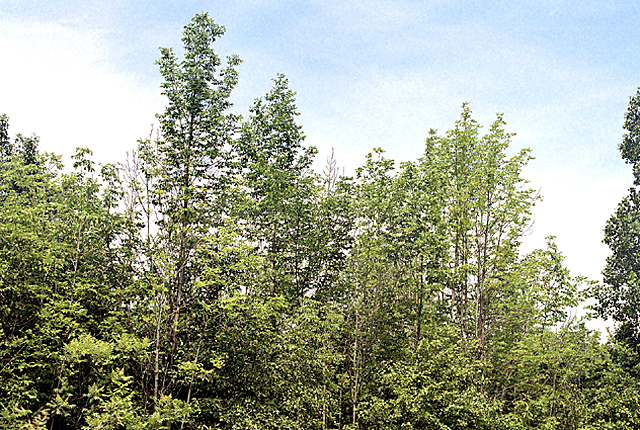
Ash yellows | Ash
DISEASE: Ash yellows
HOST: Ash (Fraxinus americana)
PATHOGEN: 'Candidatus Phytoplasma fraxini'
PATHOGEN SYNONYM: Phytoplasma Ash yellows group
SOURCE: W. Sinclair
DISEASE: Ash yellows
HOST: Ash
White ash with deliquescent branching.
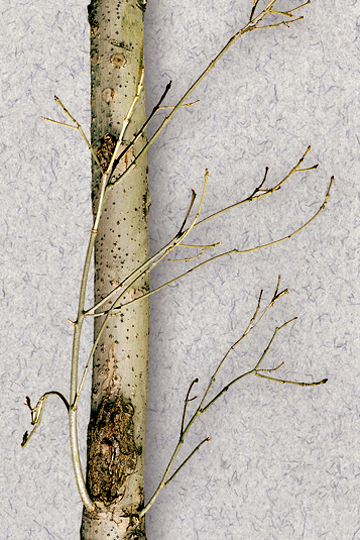
Ash yellows | Ash
DISEASE: Ash yellows
HOST: Ash (Fraxinus americana)
PATHOGEN: 'Candidatus Phytoplasma fraxini'
PATHOGEN SYNONYM: Phytoplasma Ash yellows group
SOURCE: W. Sinclair
DISEASE: Bacterial leaf spot and blight
HOST: Parsley
Blighted leaves with large, brown necrotic areas.
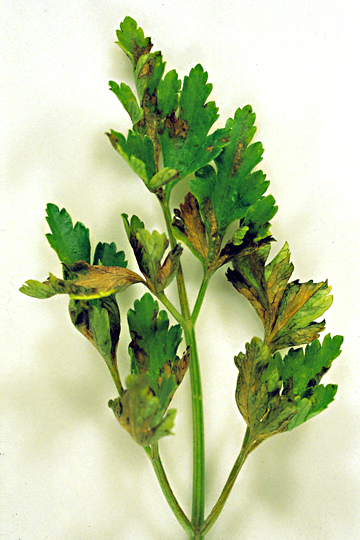
Bacterial leaf spot and blight | Parsley
DISEASE: Bacterial leaf spot and blight
HOST: Parsley (Petroselinum crispum)
PATHOGEN: Pseudomonas syringae pv. apii
SOURCE: APS
DISEASE: Bacterial leaf spot
HOST: Celery
Leaves with typical symptoms of rusty brown lesions with greasy appearance.
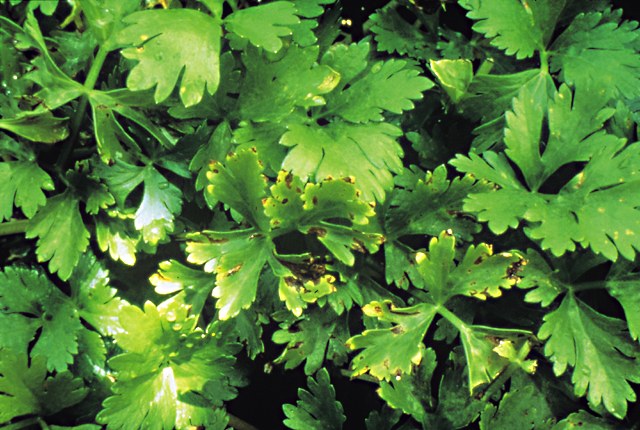
Bacterial leaf spot | Celery
DISEASE: Bacterial leaf spot
HOST: Celery (Apium graveolens)
PATHOGEN: Pseudomonas syringae pv. apii
SOURCE: R. Gilbertson
DISEASE: Bacterial leaf spot
HOST: Celery
Celery leaves with rusty brown lesions and some yellowing at leaf tips.
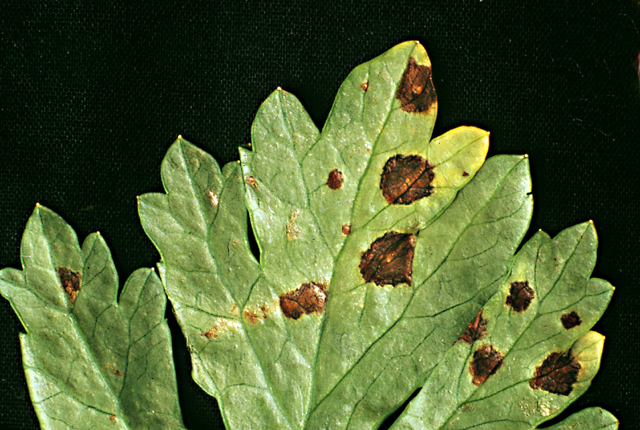
Bacterial leaf spot | Celery
DISEASE: Bacterial leaf spot
HOST: Celery (Apium graveolens)
PATHOGEN: Pseudomonas syringae pv. apii
SOURCE: S. Koike
DISEASE: Hairy root
HOST: Rose
Hairy root symptoms of many fibrous roots (right). Noninfected root (left).
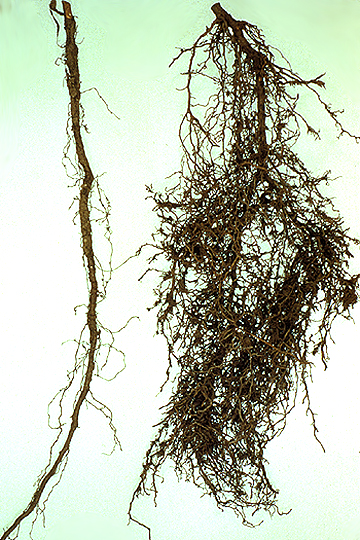
Hairy root | Rose
DISEASE: Hairy root
HOST: Rose (Rosa sp.)
PATHOGEN: Agrobacterium rhizogenes
SOURCE: R. Raabe


